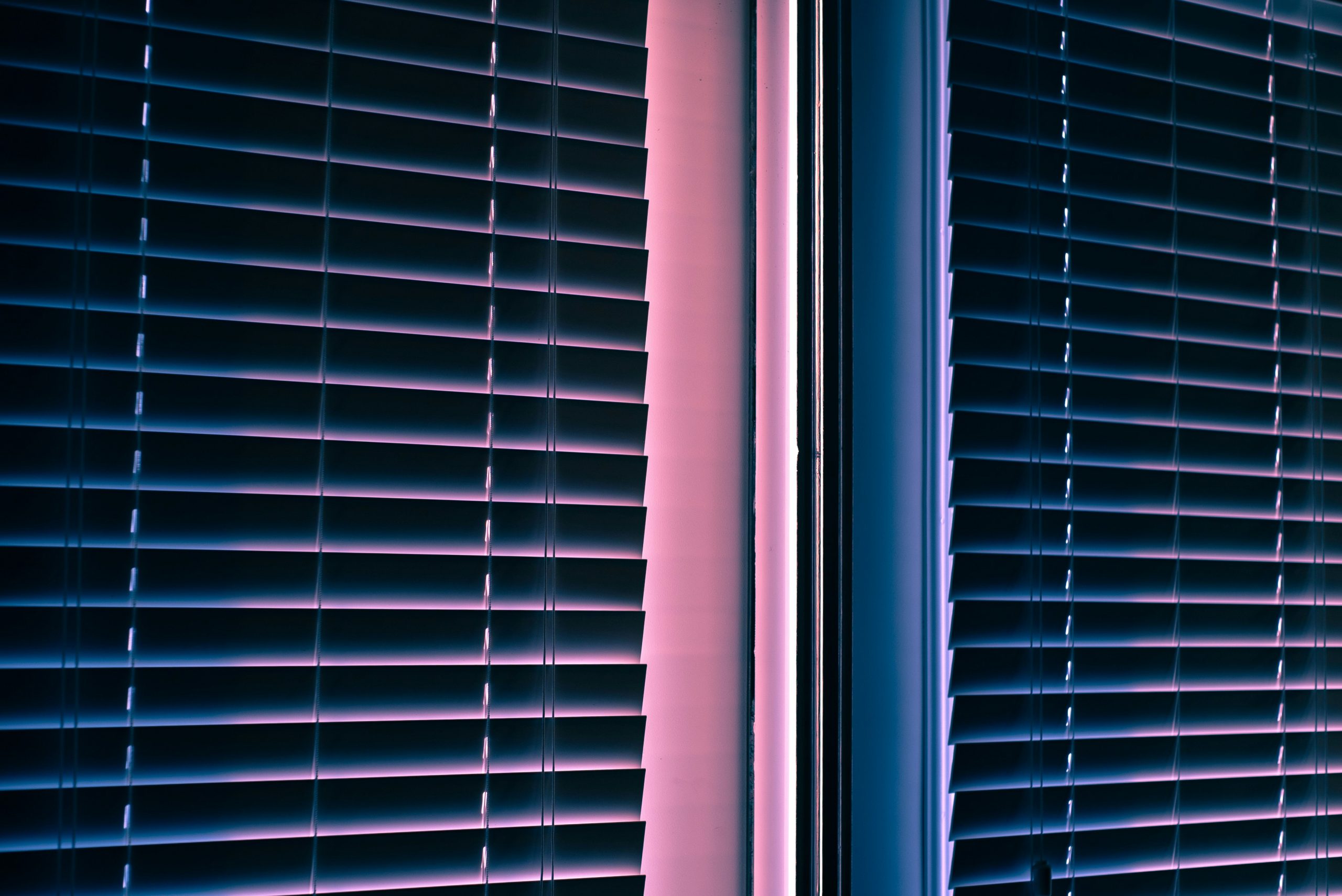In today’s environmentally conscious world, reducing energy consumption has become a priority for homeowners. One of the most effective, often-overlooked ways to improve home energy efficiency is through window treatments. By installing the right window treatments, homeowners can save on heating and cooling costs, create a more comfortable living environment, and make a positive impact on the environment. Here’s a closer look at how window treatments contribute to energy efficiency and what options to consider.
1. How Window Treatments Affect Energy Efficiency
Windows are one of the primary areas where homes lose energy, allowing heat to escape in the winter and intruding heat to enter in the summer. A lack of proper insulation around windows can lead to significant energy loss, which results in higher utility bills. According to the U.S. Department of Energy, up to 30% of a home’s heating energy is lost through windows, and in warmer climates, about 76% of sunlight that falls on standard double-pane windows enters to become heat. This is where energy-efficient window treatments come into play.
By adding quality window coverings, homeowners can reduce this energy loss significantly. The main energy-saving mechanisms include:
- Reducing Heat Loss: Insulating window treatments help retain heat during colder months, reducing the amount of energy needed to keep a home warm.
- Limiting Heat Gain: Reflective or thick window treatments can minimize solar heat gain during warmer months, keeping indoor spaces cooler.
- Controlling Sunlight: Some window treatments allow for controlled daylighting, reducing the need for artificial lighting.
2. Types of Energy-Efficient Window Treatments
Not all window treatments offer the same level of energy efficiency. Here are some of the best options for homeowners looking to save energy:
a) Cellular Shades
Also known as honeycomb shades, cellular shades are one of the most popular choices for energy efficiency. Their unique cellular structure traps air within the “cells” of the fabric, creating an insulating barrier. Cellular shades come in various cell sizes, with double and triple-cell options providing additional insulation. They can reduce energy loss through windows by up to 40%.
b) Blackout Roller Shades
Blackout roller shades are a fantastic choice for blocking sunlight and insulating a room. These shades are typically made of thick, durable materials that prevent heat from entering a room, keeping it cooler during the summer. When paired with light-colored or reflective backings, blackout roller shades can further reduce solar heat gain.
c) Insulated Drapes
Thermal or insulated drapes are designed with heavy, multi-layered fabric that can significantly reduce heat loss in the winter and block heat in the summer. These drapes are ideal for regions with extreme weather and work well in rooms that face direct sunlight. Choosing drapes with light-reflective backings further boosts their energy efficiency.
d) Solar Shades
Solar shades are designed to block UV rays and minimize heat without completely eliminating natural light. They are ideal for rooms that get direct sunlight and work well in warmer climates. Solar shades are available in different transparency levels, allowing homeowners to choose the right balance of light and heat control.
e) Shutters
Interior shutters, especially those made of wood or composite materials, provide insulation by creating a barrier between the window and the room. Plantation shutters, for instance, fit tightly against the window frame, reducing air transfer and offering excellent insulation. They can be closed to block heat and cold or adjusted to control sunlight and airflow.
3. Tips for Maximizing Energy Efficiency with Window Treatments
- Layering Treatments: Combining window treatments, such as pairing cellular shades with drapes, can maximize insulation and improve energy efficiency.
- Utilize Smart Technology: Some modern window treatments are compatible with smart home systems, allowing them to automatically open or close based on time, temperature, or sunlight. This automation optimizes energy savings.
- Consider the Window Orientation: Rooms facing south typically receive more sunlight and benefit from reflective or blackout treatments, while north-facing rooms may need insulation rather than light control.
- Seasonal Adjustments: During the winter, keep treatments open on sunny days to let in warmth and close them at night to retain heat. In summer, keep treatments closed during the hottest part of the day to maintain cooler temperatures.
4. Additional Benefits of Energy-Efficient Window Treatments
In addition to reducing energy bills, energy-efficient window treatments offer multiple other benefits:
- Enhanced Comfort: By regulating temperature and controlling sunlight, window treatments can create a more comfortable living space year-round.
- UV Protection: Many energy-efficient treatments also provide UV protection, safeguarding furniture, flooring, and artwork from fading and damage.
- Noise Reduction: Heavier and layered window treatments offer the added benefit of soundproofing, which is particularly useful in urban settings or for rooms facing busy streets.
- Increased Privacy: Many energy-efficient window treatments also increase privacy, allowing you to control visibility from the outside while still benefiting from daylight.
Conclusion
Investing in energy-efficient window treatments is a smart choice for homeowners who want to save on energy costs, enjoy a comfortable living environment, and contribute to a sustainable future. With options ranging from cellular shades and insulated drapes to solar shades and shutters, there is an energy-efficient solution for every window and climate. By making an informed choice, homeowners can enhance both the aesthetic appeal and the energy efficiency of their homes. If you need a referral to one of our trusted dealers to purchase product, contact us here!



Comments are closed